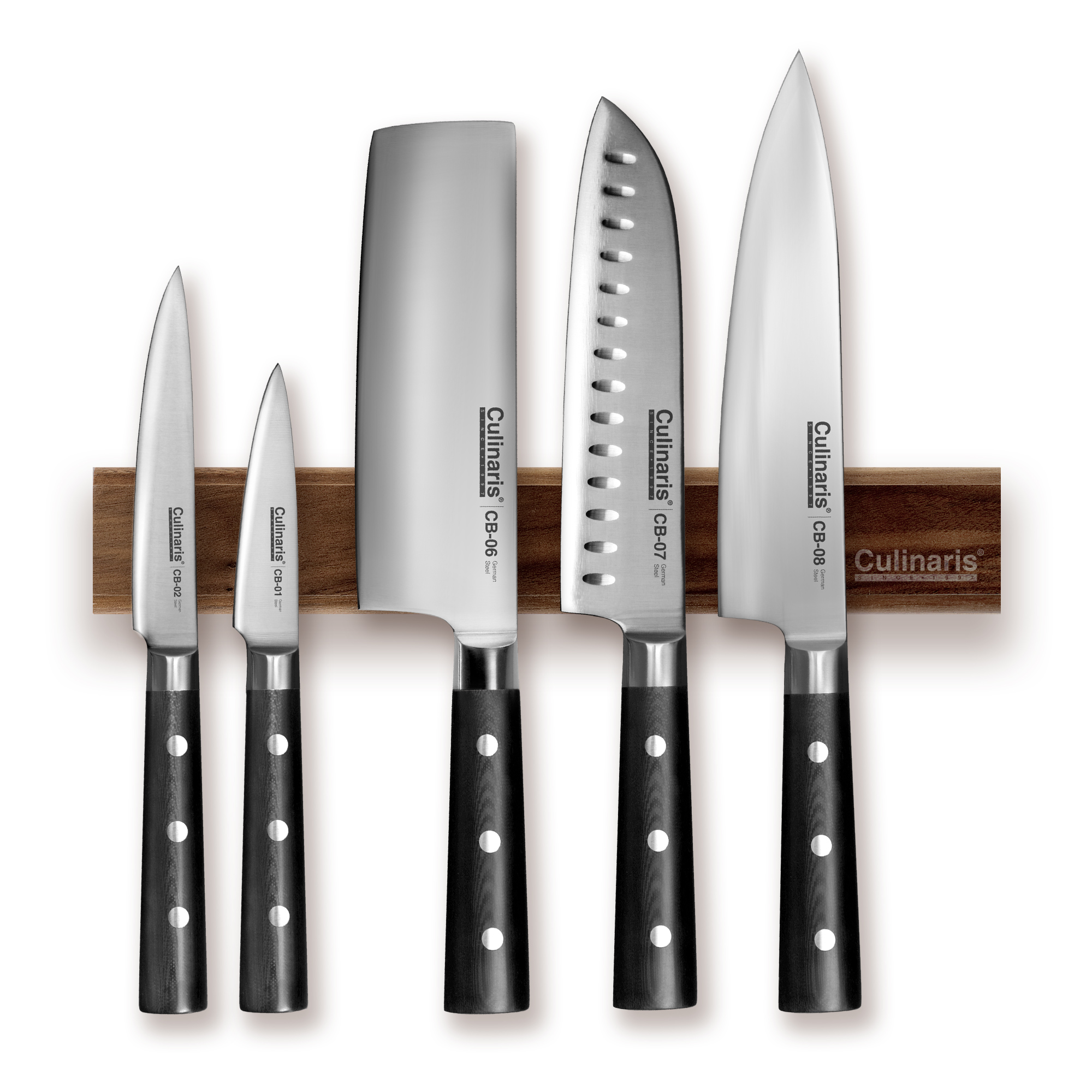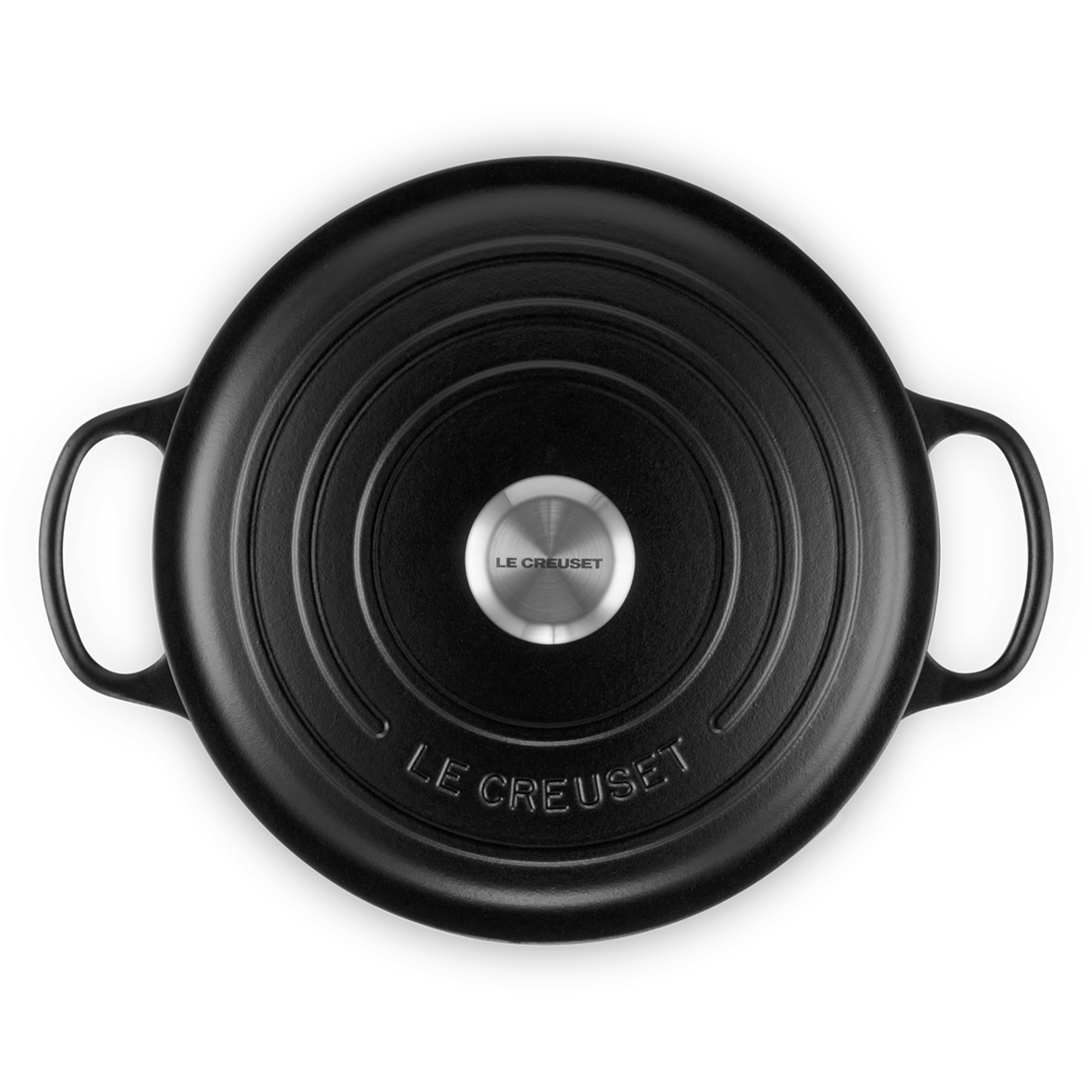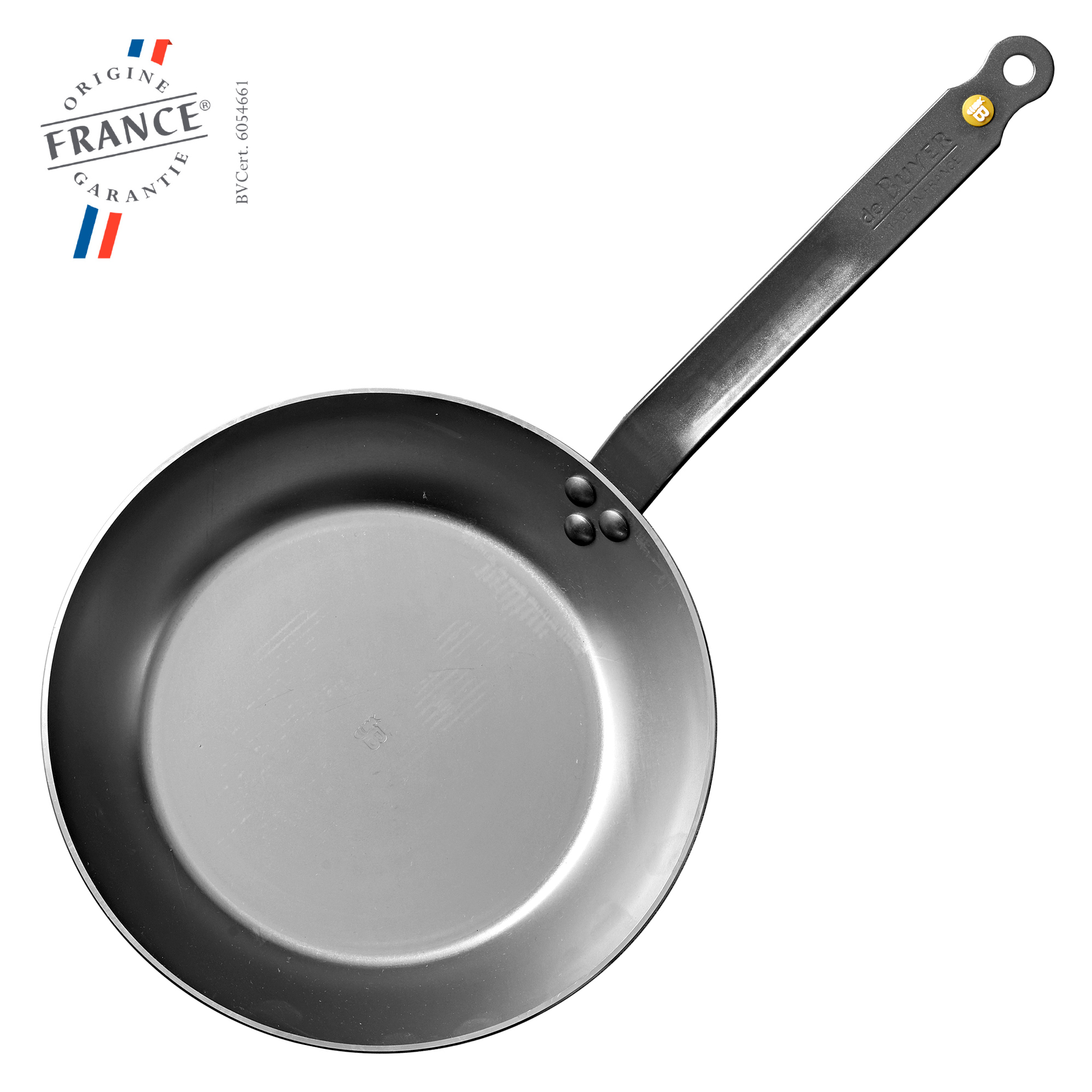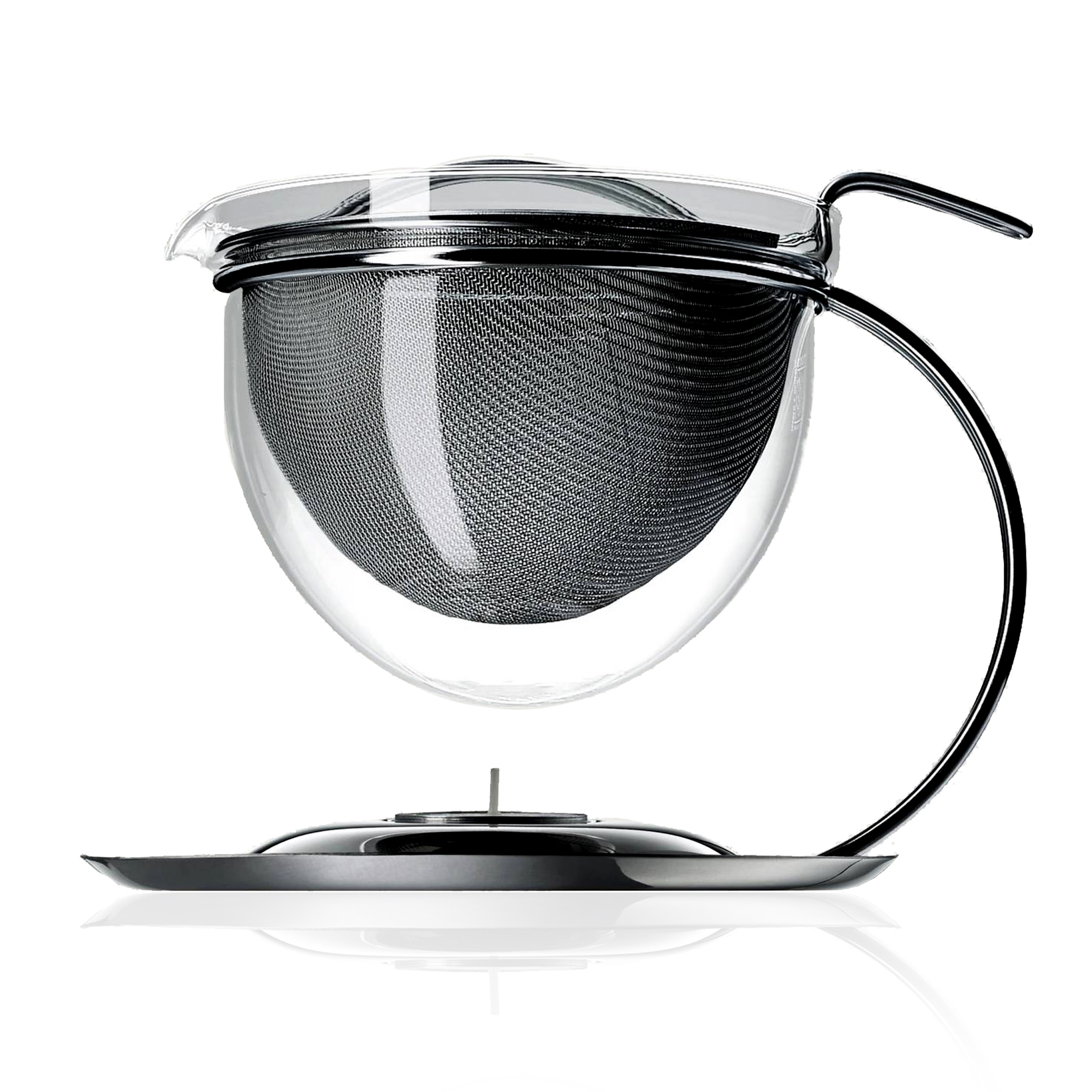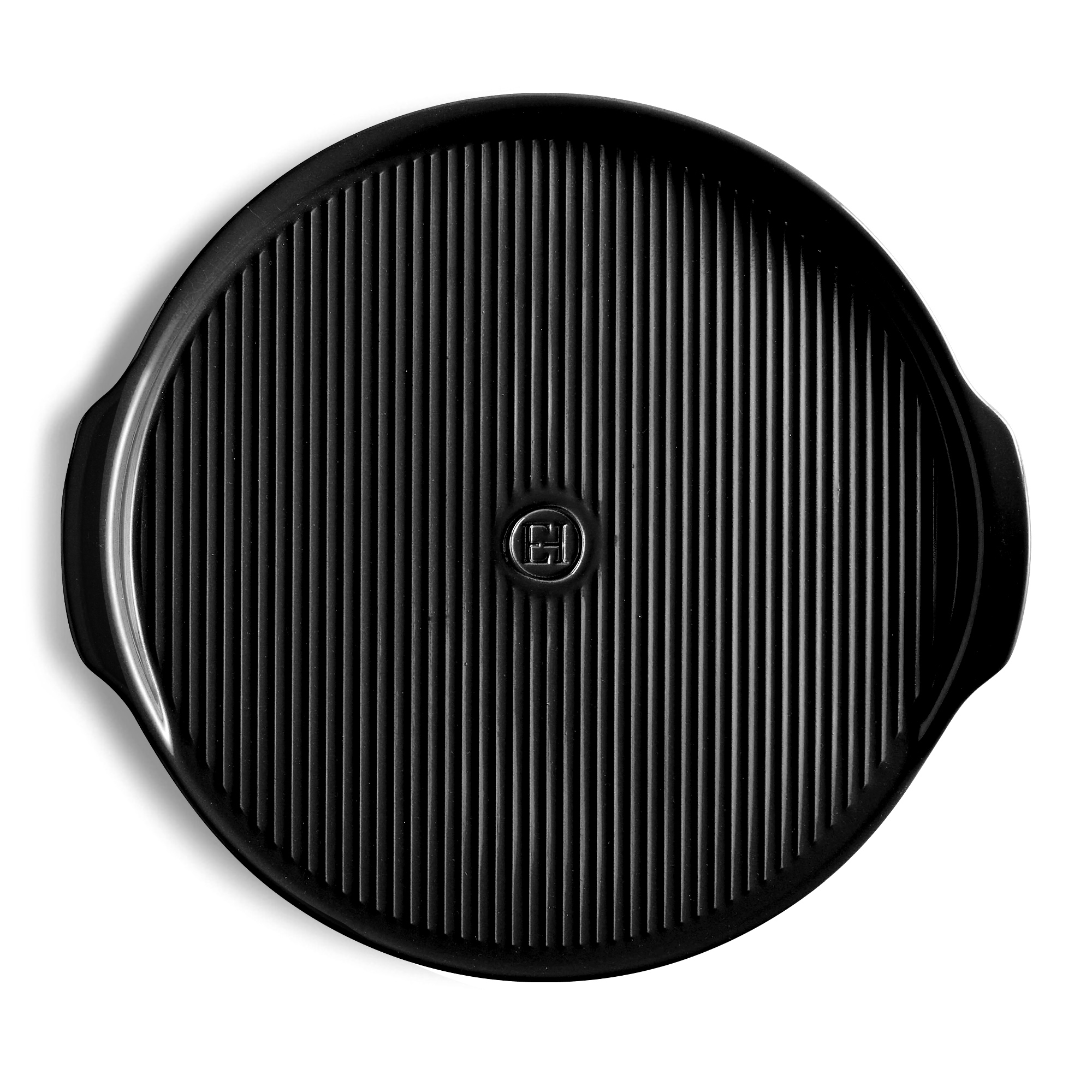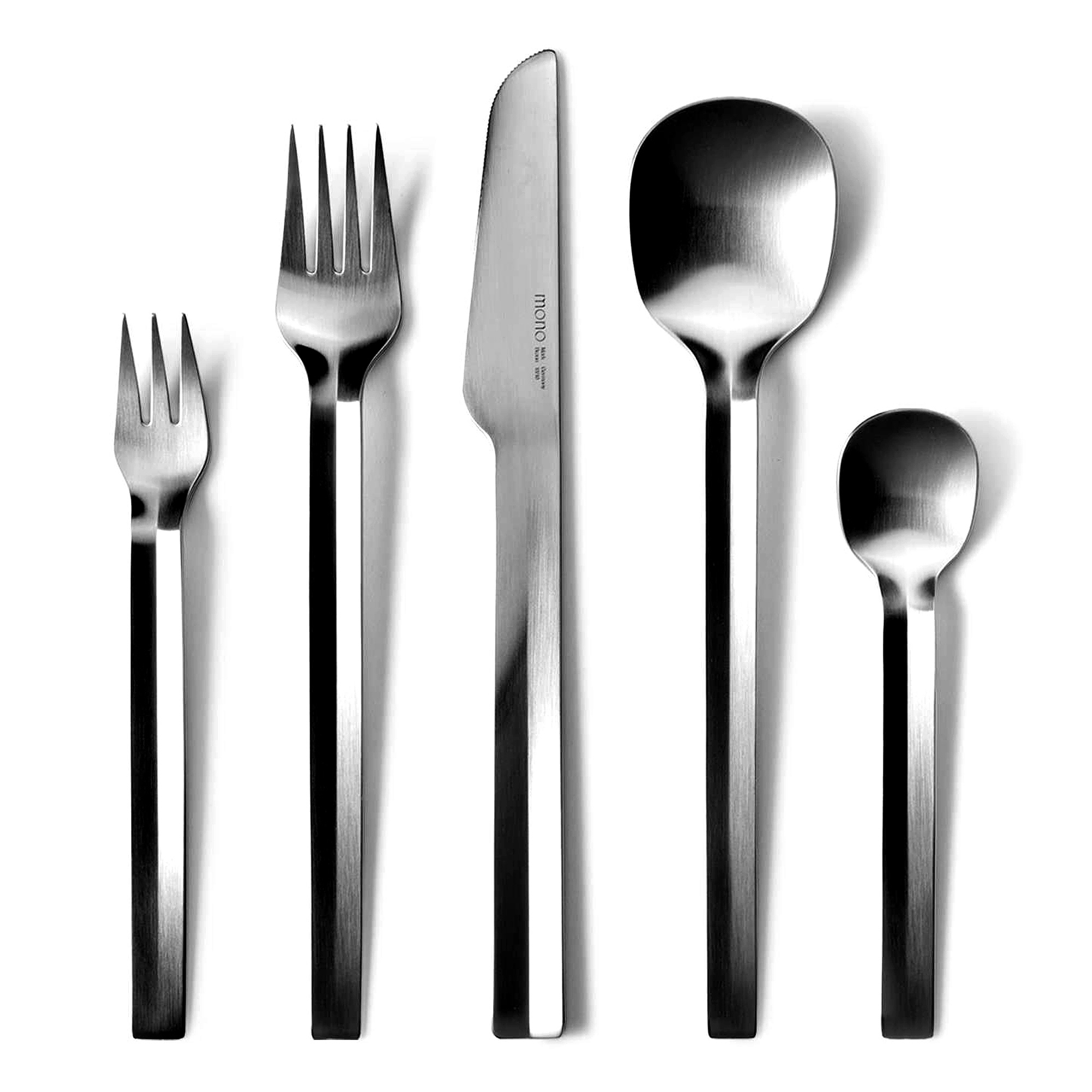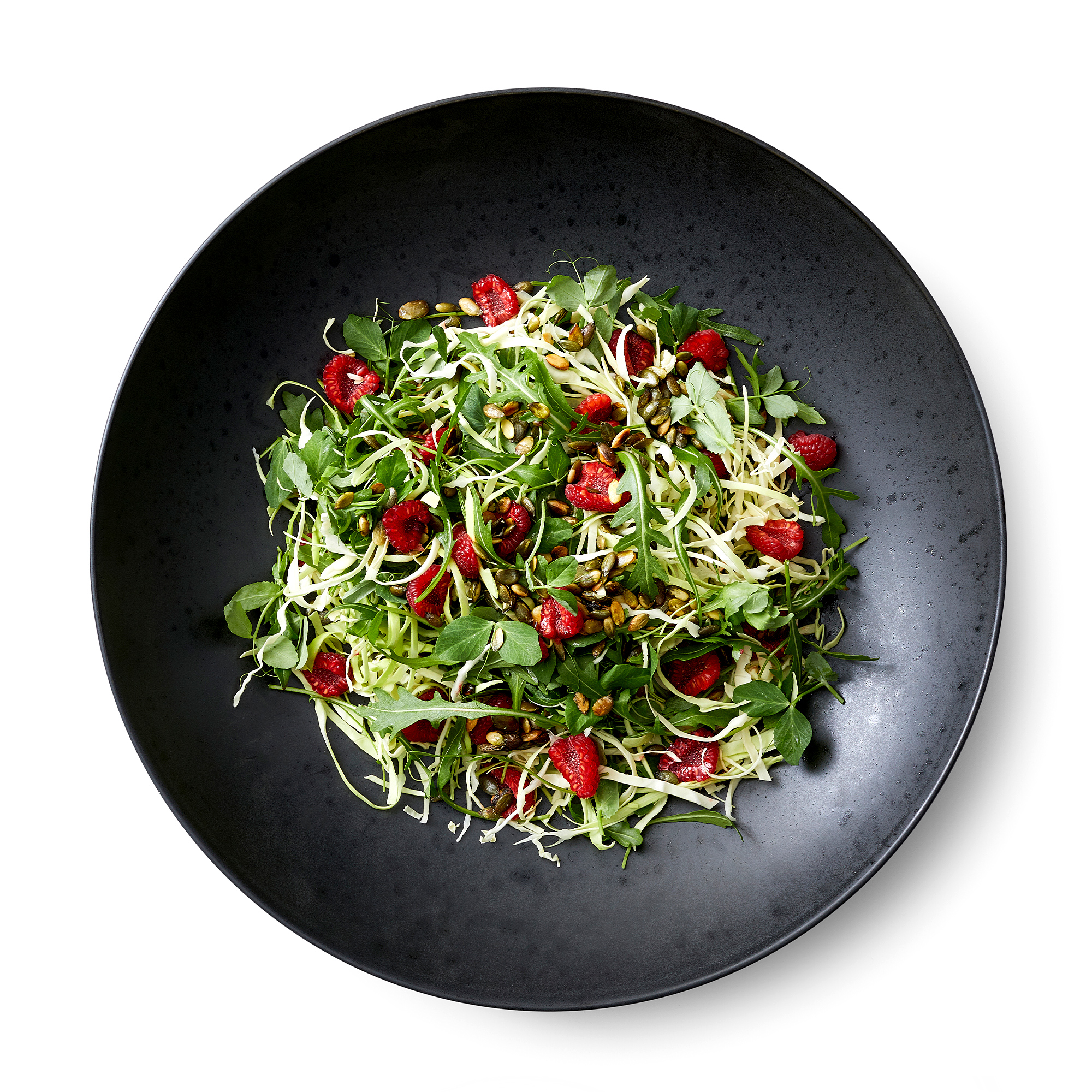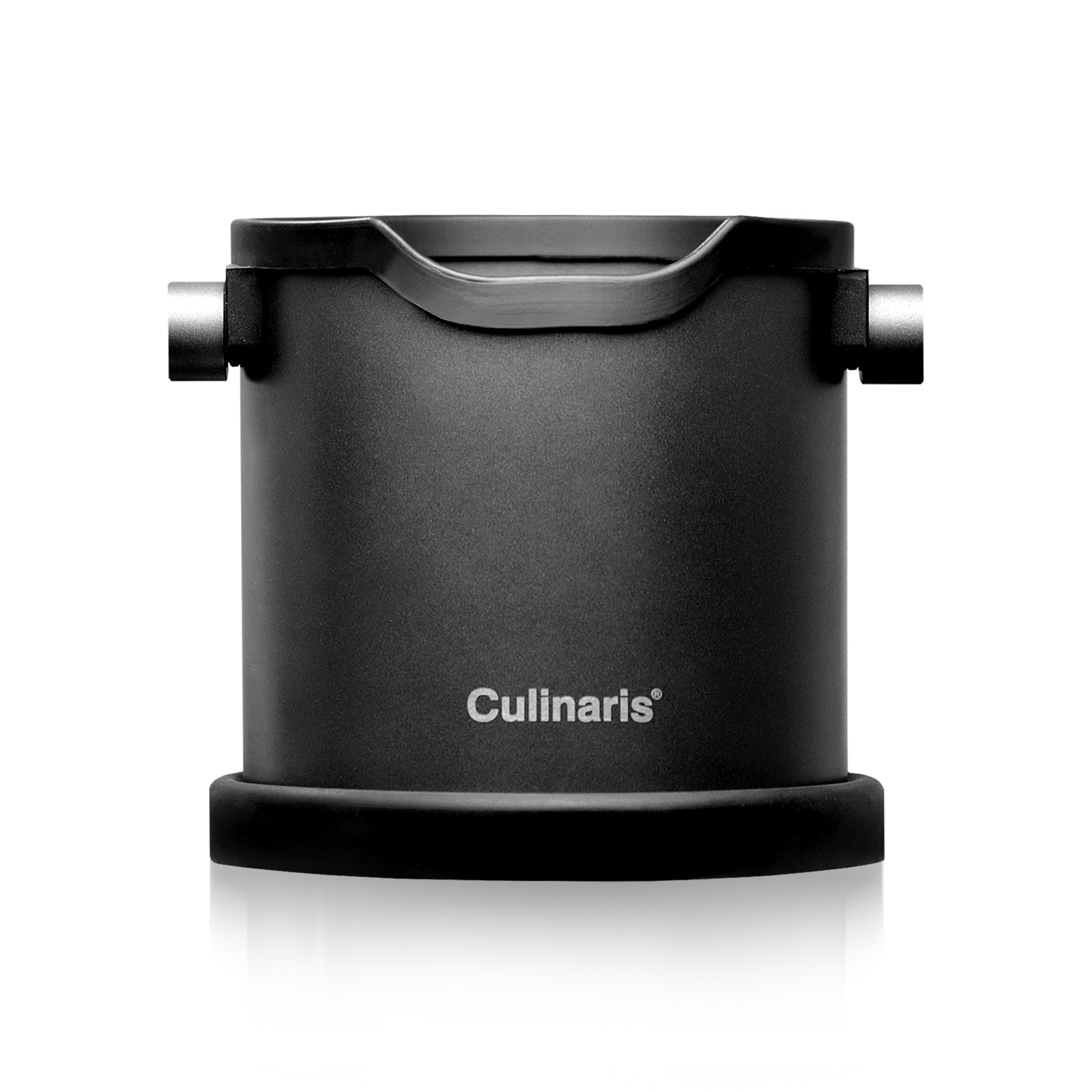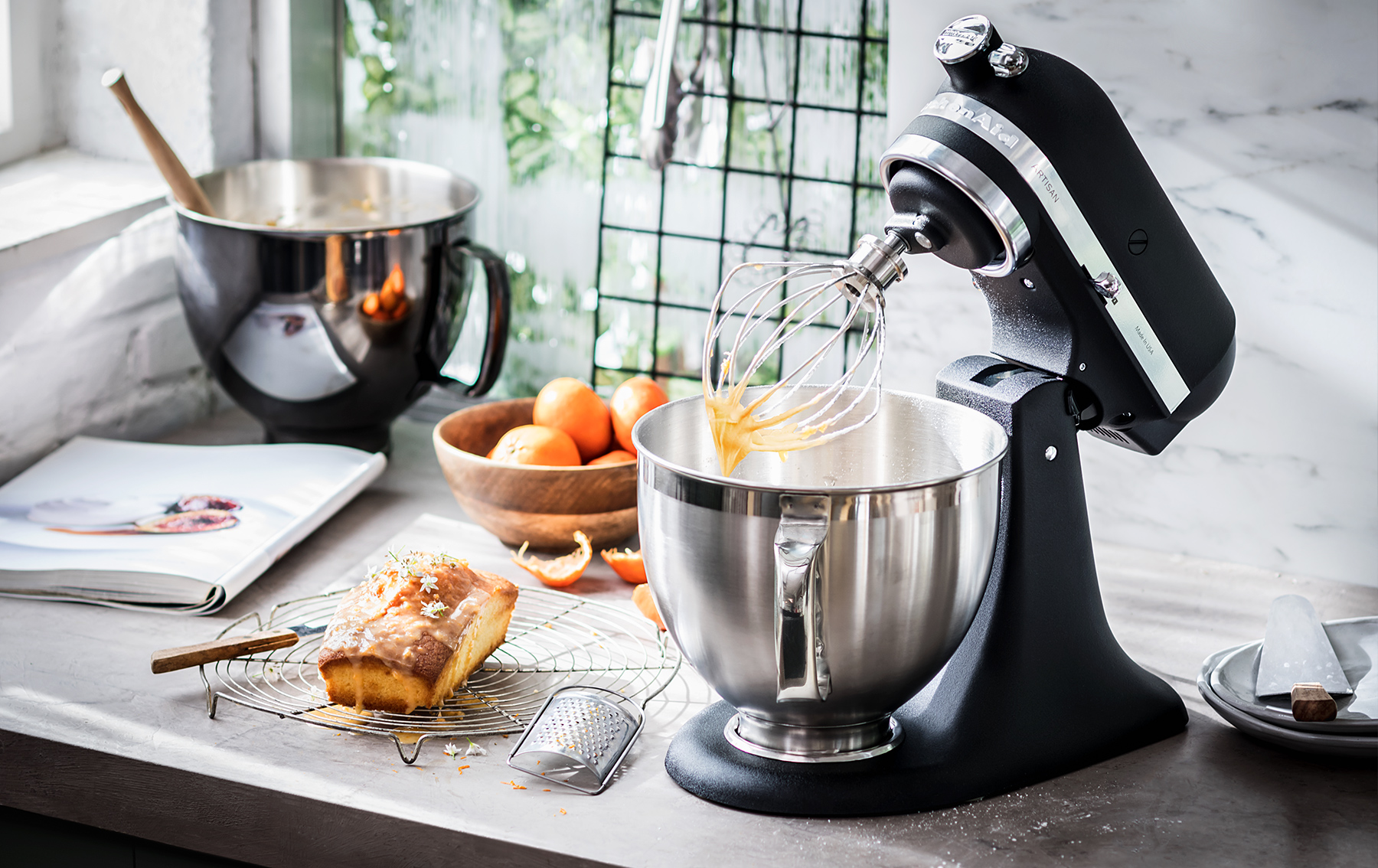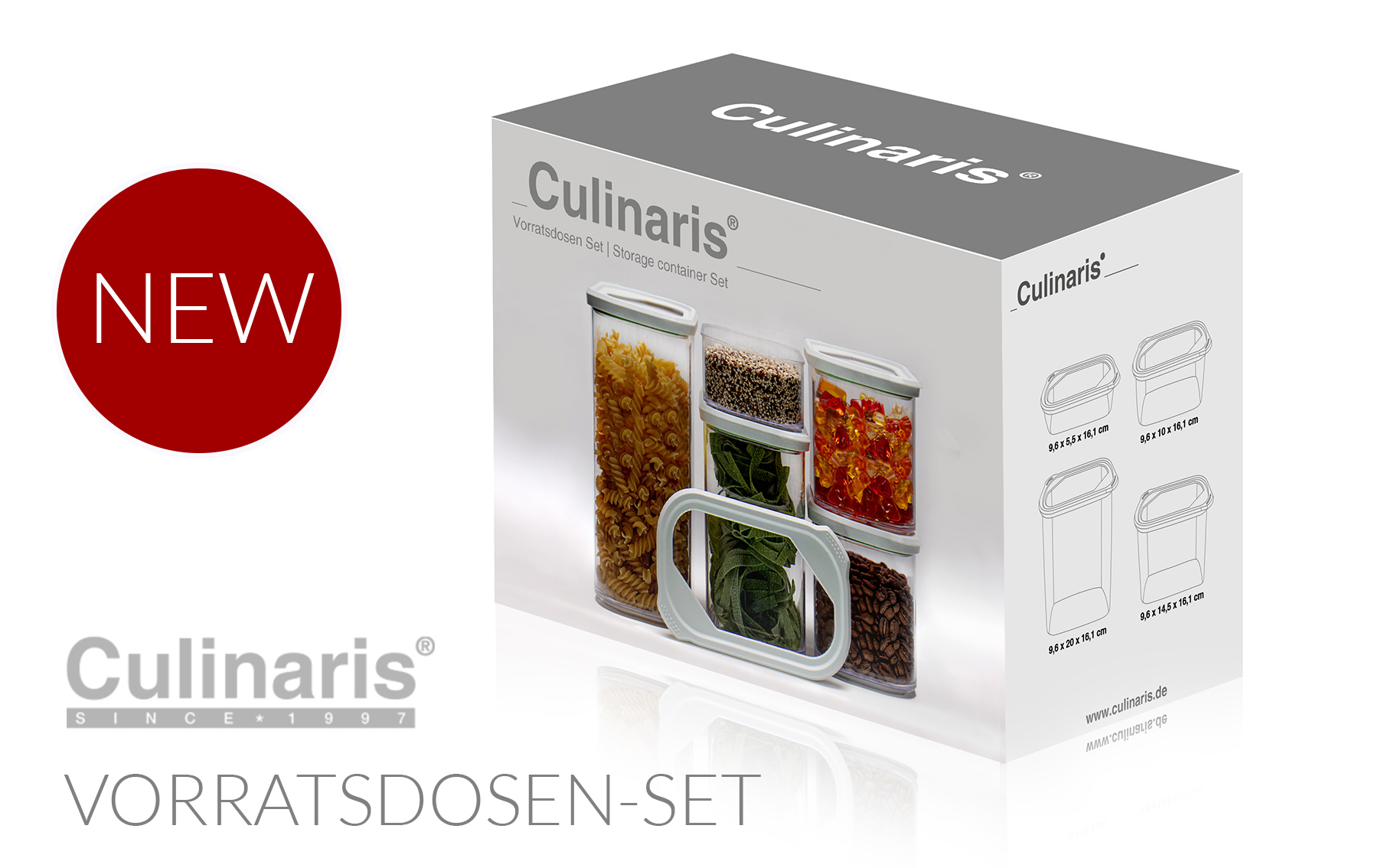Culinaris® - Kitchen Accessories
Ultime gratin dish from Emile Henry
With the rectangular casserole dishes from Emile Henry, you can prepare lasagne, gratins and roasts, cook them and present them on the table.
It is made of HR® ceramic (High Resistance), which distributes the heat evenly, allowing food to cook perfectly and naturally all the way to the centre. It can be taken straight out of the freezer and placed in the oven at up to 270°C or under the grill.
NEW - CULINARIS STORAGE CONTAINERS!
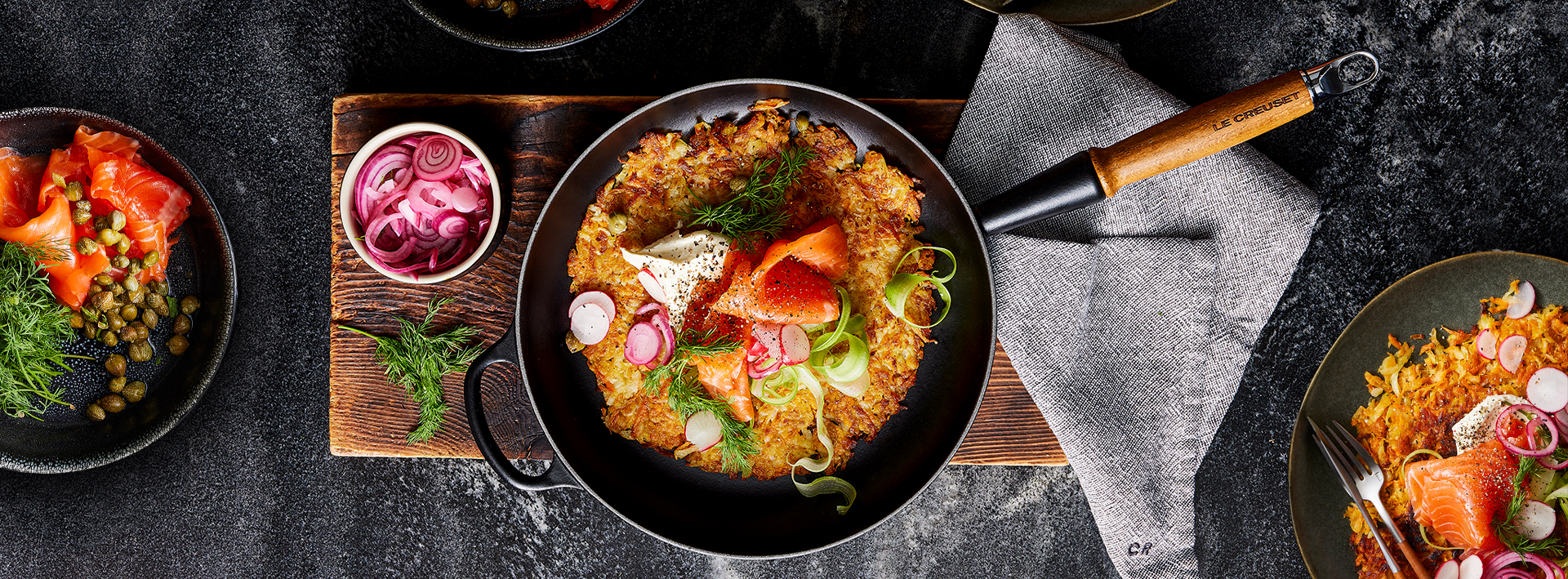
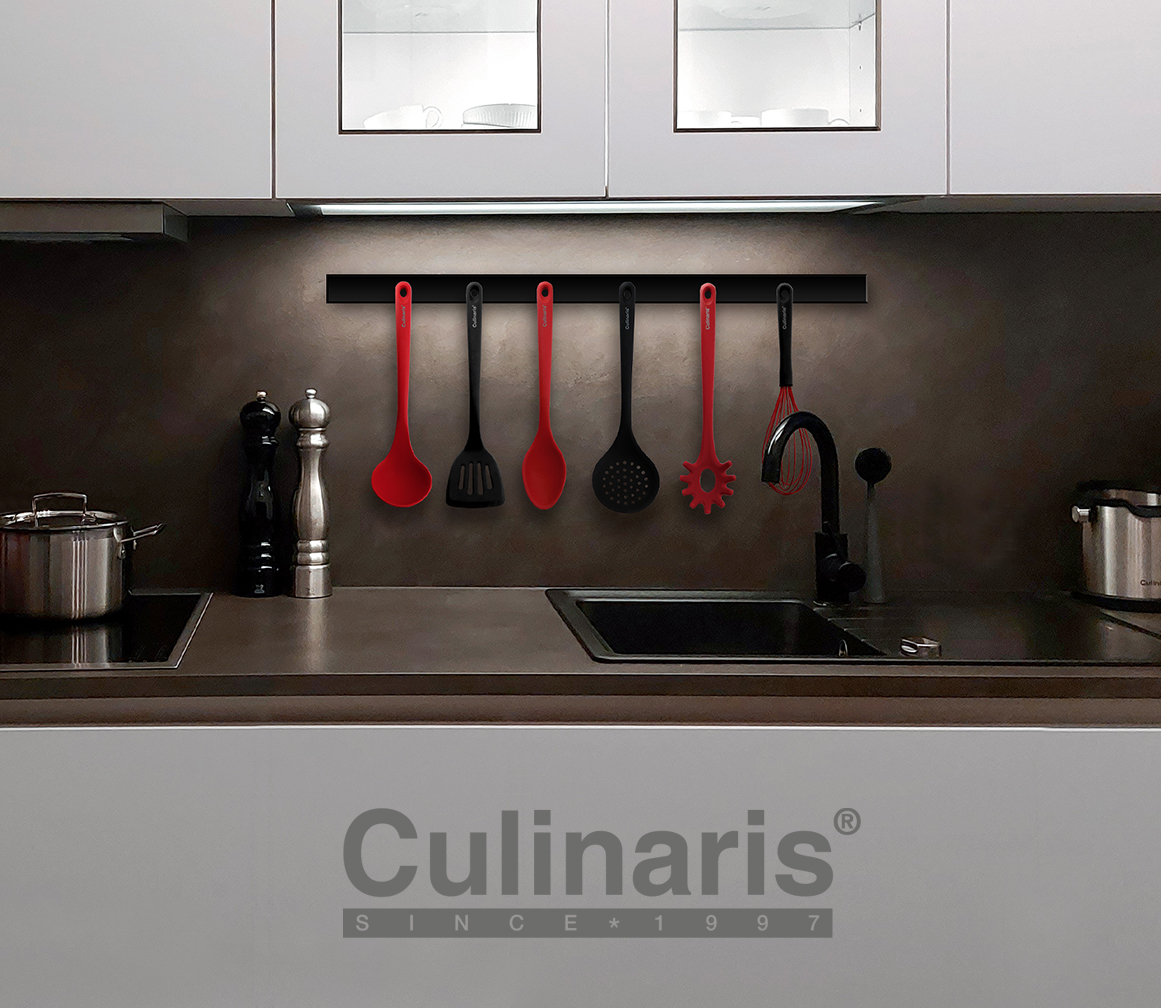
Culinaris® Küchenaccessoires
Since 1997, Culinaris has been selling high-quality, timeless kitchen accessories with a quality guarantee, for cooking enthusiasts and professional chefs all over the world. The Culinaris range includes more than 30,000, qualitative, innovative and professional products. Our product range is constantly being expanded with new, exceptional items and brands. Discover also the own brand of Culinaris. New in the assortment are the elegant Silikontools in the colours red and black.
THE CULINARIS STORES
In our 5 stores in Hamburg, Berlin, Leipzig, Nova and Erfurt we have a huge selection of cooking-related products to admire and touch. Here you can shop in a relaxed way, browse and find something unusual, guaranteed. Our friendly and trained specialist staff are always happy to help.






